
"Flag of Sardinia" Scarf by CountriesFlags Redbubble
0xA11ce. • 6 yr. ago. If by variant you mean that they are facing left, it is the unofficial flag of the Sardinia Autonomous region, not the island. I don't know enough about Italian politics to elaborate on why that is significant, but I suspect it's something like a regional/historical flag vs a modern political flag. 1. MAGolding.

Kingdom of Sardinia Scooxer. Ready to Use Graphics
The flag of Sardinia , called the flag of the Four Moors or simply the Four Moors , represents and symbolizes the island of Sardinia and its people. It was also the historical flag and coat of arms of the Aragonese, then Spanish, and later Savoyard Kingdom of Sardinia. It was first officially adopted by the autonomous region in 1950 with a revision in 1999, describing it as a "white field with.

Flag of Sardinia isolated on alpha channel, seamless looping Stock
The flag of Sardinia, called the flag of the Four Moors or simply the Four Moors (Italian: I quattro mori; Sardinian: Sos bator moros in Logudorese or Is cuatru morus in Campidanese), is the official flag of the autonomous region of Sardinia, Italy, and the historical flag and coat of arms of the Kingdom of Sardinia.There are separate Spanish and Sardinian traditions to explain the origin of.

Sardinian Flag, Sardinia, Italy Stock Photo Alamy
Beyond Sardinia, similar symbolism as the "Moor's head," is found in Corsica's flag, with only one head, and the flag of Aragon, which incorporates the symbol of the four Moors. This interconnected symbolism speaks to shared historical narratives and cultural influences. A Symbolic Tapestry Unraveled
Crossinception the SardiniaPiedmont union flag r/vexillology
The flag even has a hashtag on Instagram, check it out #bandierasarda. The Sardinian flag is called 'The flag of the Four Moors' or simply 'The Four Moors'.. - The Latins called it Sardinia, meaning land of the Sardinians. This name was given by the Romans, who also established the province of Sardinia in 277 BC. - The Italians call.
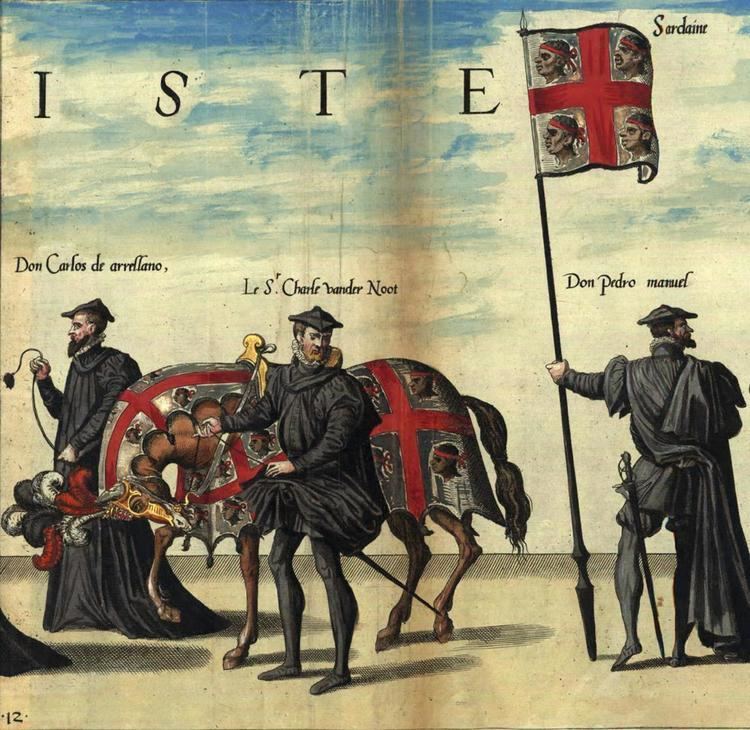
Flag of Sardinia Alchetron, The Free Social Encyclopedia
Sardinia ( Sardegna) is a region of Italy, and this traditional Sardinian flag dates to the late 14th century. The white field is dominated by a red cross, and four moors heads. all Country Flags here! Map of Sardinia here! Other helpful pages on WorldAtlas The 5 Oceans of the World - Maps and Details Capital Cities of All European Nations
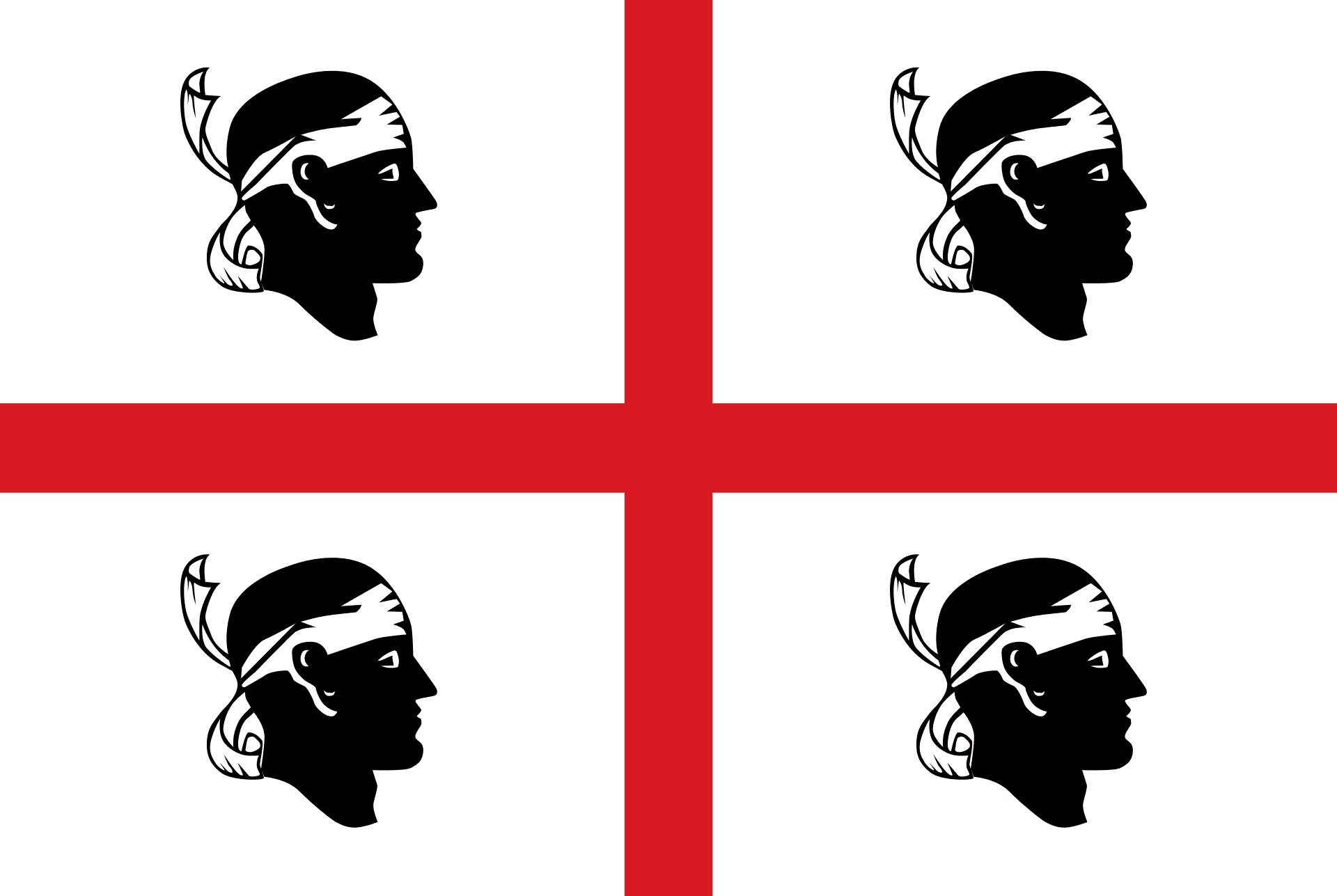
Flag_of_Sardinia.svg · Familias en Ruta
Sardinia ( / sɑːrˈdɪniə / sar-DIN-ee-ə; Italian: Sardegna [sarˈdeɲɲa]; Sardinian: Sardigna [saɾˈdiɲːa]) [a] [b] is the second-largest island in the Mediterranean Sea, after Sicily, and one of the twenty regions of Italy. It is located west of the Italian Peninsula, north of Tunisia and immediately south of the French island of Corsica .

Blue Flag beaches in Sardinia 2017
Sardinia adopted on the 15th April 1999 the traditional flag of the island, that is white with a red cross and a black moor's head, with a white headband, above the eyes. An official model shall be adopted soon by the president of the region.

Reddit Dive into anything
Everything you need to know about the Sardinia Flag The Sardinia flag, also known as the "Flag of the Four Moors" or "Bandera de Sa Sardinia," is an important symbol of the island's history and culture. Featuring four moors' heads on a white background with a red cross of Saint George, the flag has its
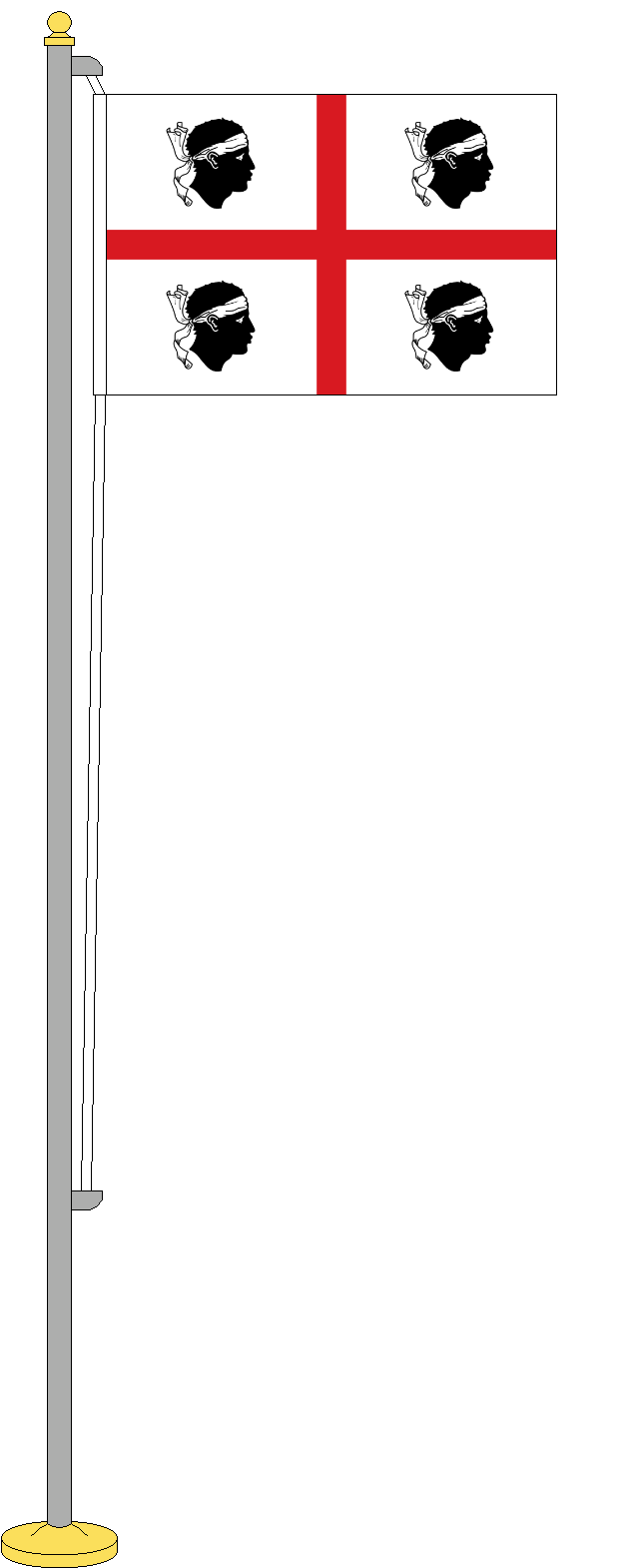
Flag of Sardinia by Al3ssio97 on DeviantArt
Special code Blog with news, experiences and activities close to Gabbiano Azzurro Hotel & Suites: festivities, food and costume traditions of Nord and Center Sardinia. The history of the Sardinian flag of medieval origin, white with Saint George's red cross that forms four squares, each containing a Moor's head, run.

Flag of Sardinian People The flag of Sardinia, popularly k… Flickr
Flag of the Sardinia, Source, by: Wikipedia (EN) Meaning/Origin of the Flag The flag of Sardinia shows immemorial, a red cross on a white ground , and in the four white areas per a moor's head. This peculiar symbol is known in Aragón, Corsica and Sardinia. It goes probably back to the Kingdom of Aragón, because this symbolism there has been.

Flag Sardinia Second Image & Photo (Free Trial) Bigstock
The Sardinia flag. Flags go beyond mere pieces of cloth adorned with vibrant designs; they frequently carry profound historical and cultural meanings. Today, we're diving into the world of flags, specifically the Sardinia flag. This Italian island's emblem is rich in history and symbolism. Let's unravel 13 fascinating facts about the Sardinia flag!

Sardinia — Yacht Charter & Superyacht News
It was either due to a mistake of a copyist or, similarly to the flag of Corsica during the earlier period of French rule, a deliberate protest against the mainland rulers. It became the official flag of the region under a decree of 5 July 1952. In 1999, a special regional law changed the flag from the version adopted under Savoy rule to the.

Flag Sardinia Second Image & Photo (Free Trial) Bigstock
(August 2022) The flag of Sardinia ( Sardinian: bandera de sa Sardigna, bandera sarda, Sa pandhela de sa Sarđhinna ), called the flag of the Four Moors or simply the Four Moors ( Italian: I quattro mori; Sardinian: Sos bator moros and Is cuatru morus ), represents and symbolizes the island of Sardinia ( Italy) and its people.
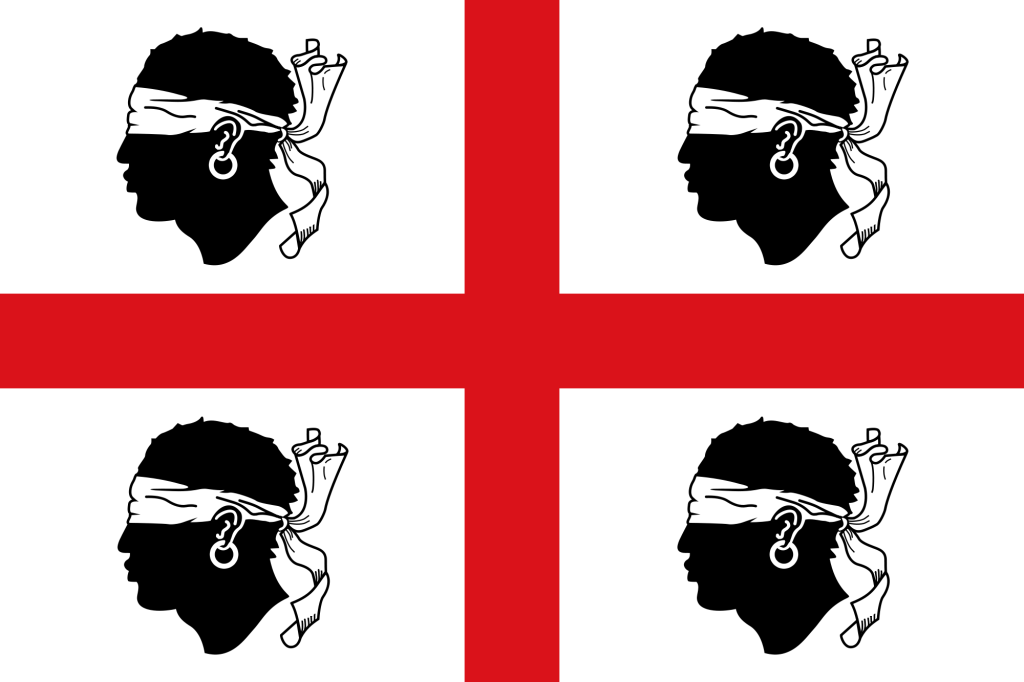
Sardinia’s Flag Four Beheaded NonWhites National Vanguard
The meaning of the flag of Sardinia have its deep roots in an ancient past soaked in legend and confirmed by the historical facts: the origin of the standard of the four Moors, symbol of Sardinia, is shrouded in mystery still today.
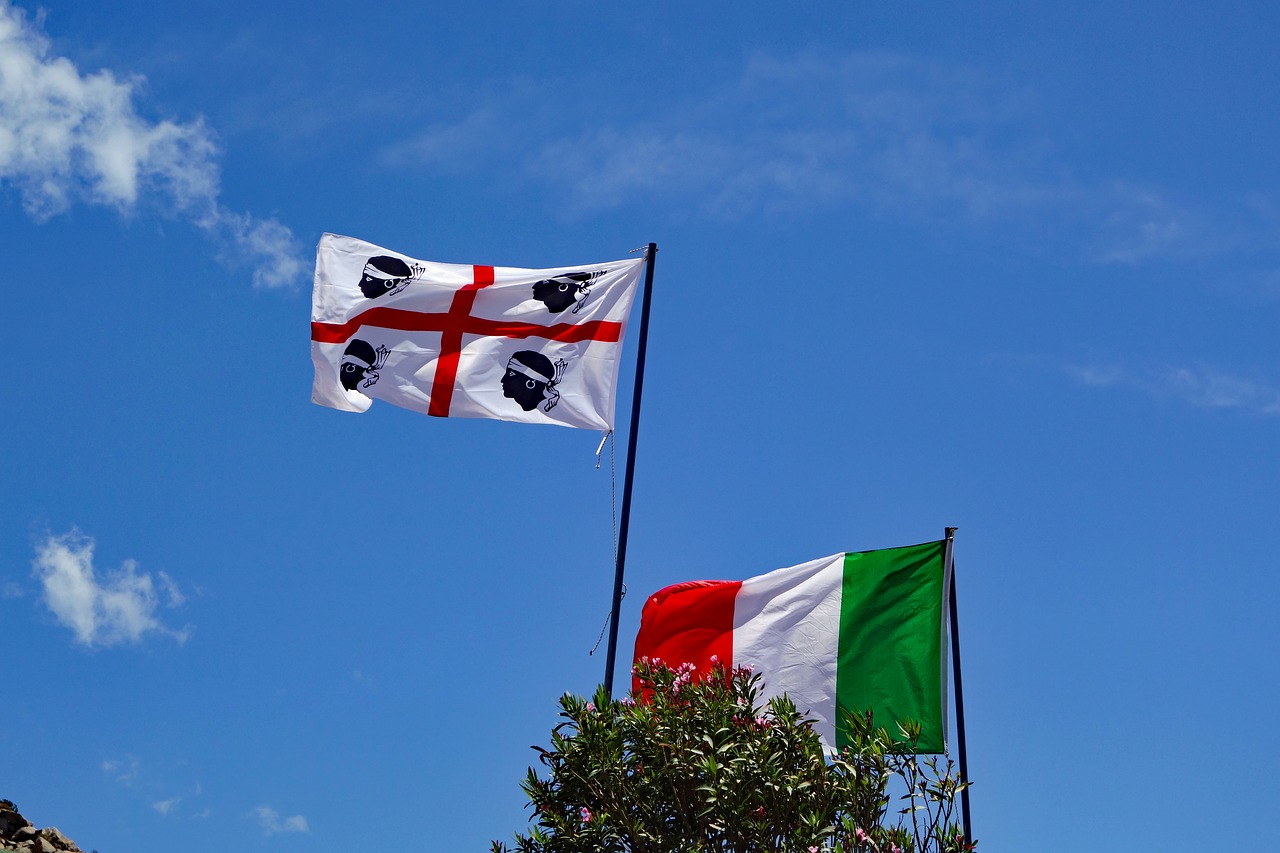
Sa die de Sa Sardigna, e la tenacia del popolo sardo anche
Who Is On The Sardinian Flag? Written by Jason Matthew Warland in Popular The flag of Sardinia is intriguing and mysterious, much like its origin. The flag is known as 'I Quattro Mori' which translates to 'The Four Moors'. It consists of a red St Georges cross, with four back Moor heads positioned in each of the four partitions.